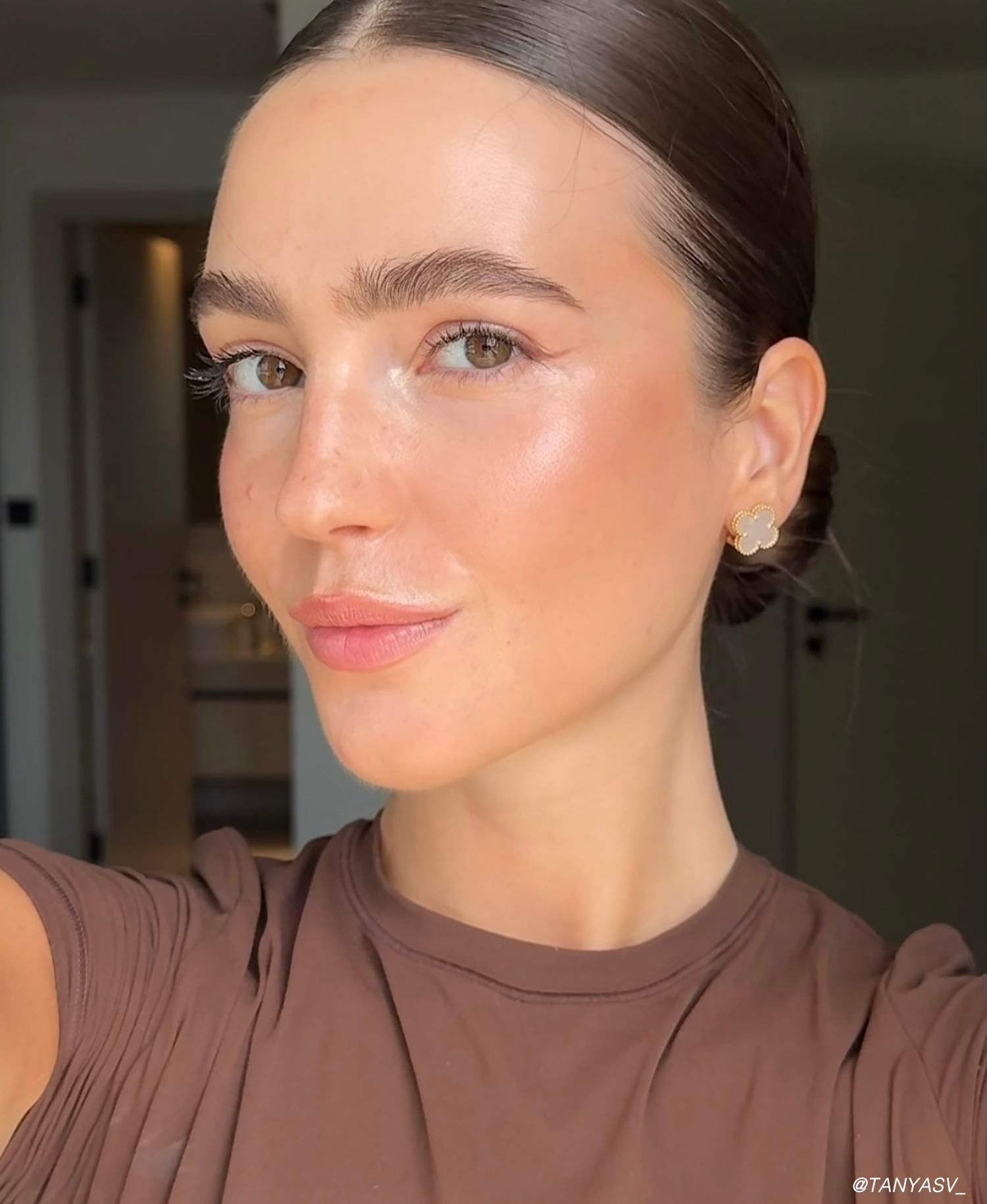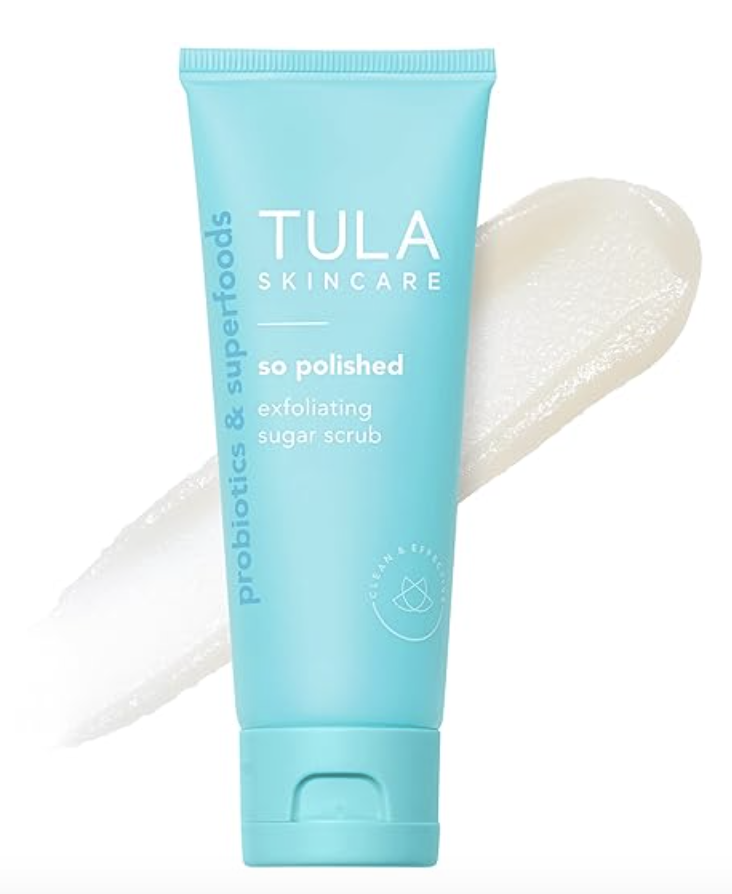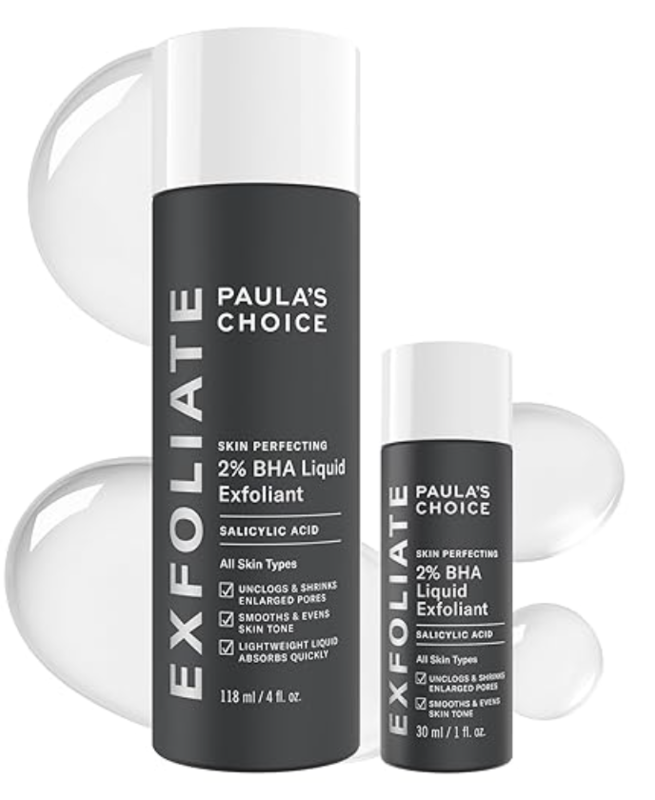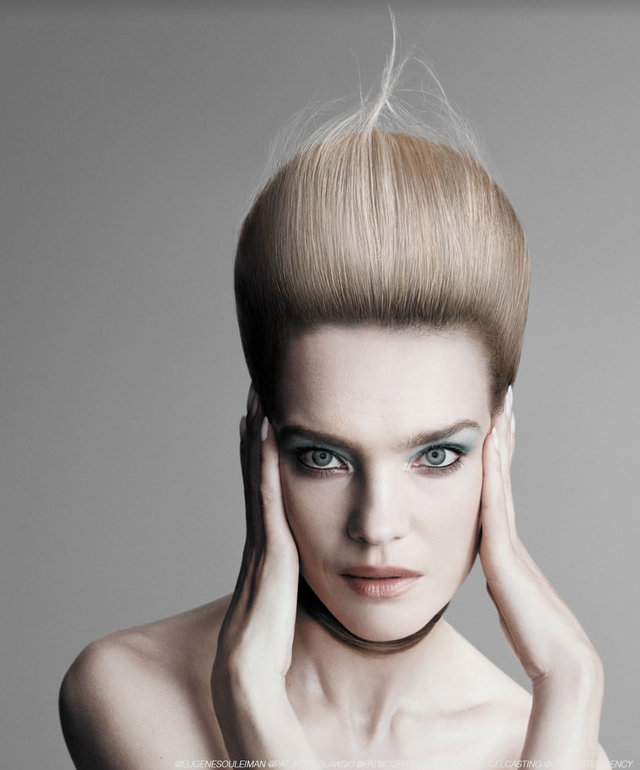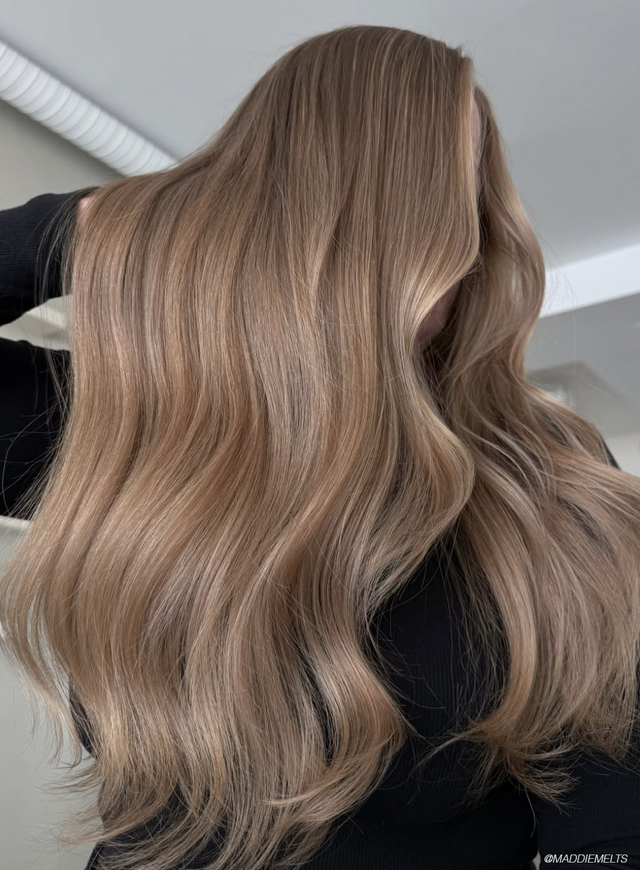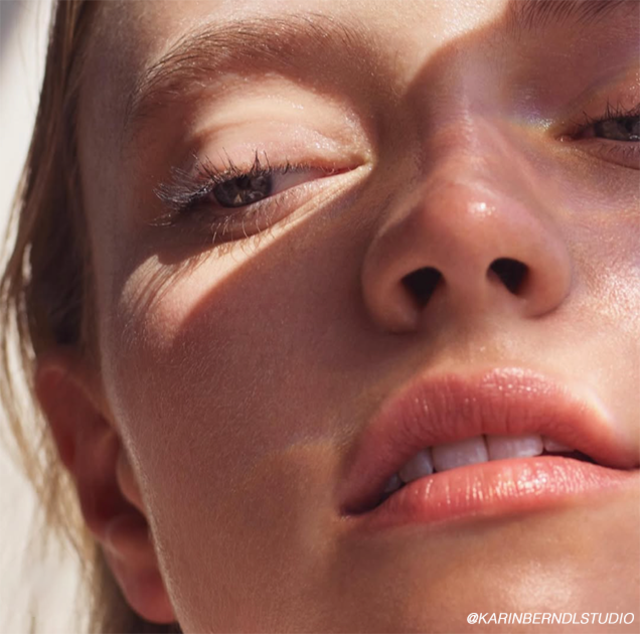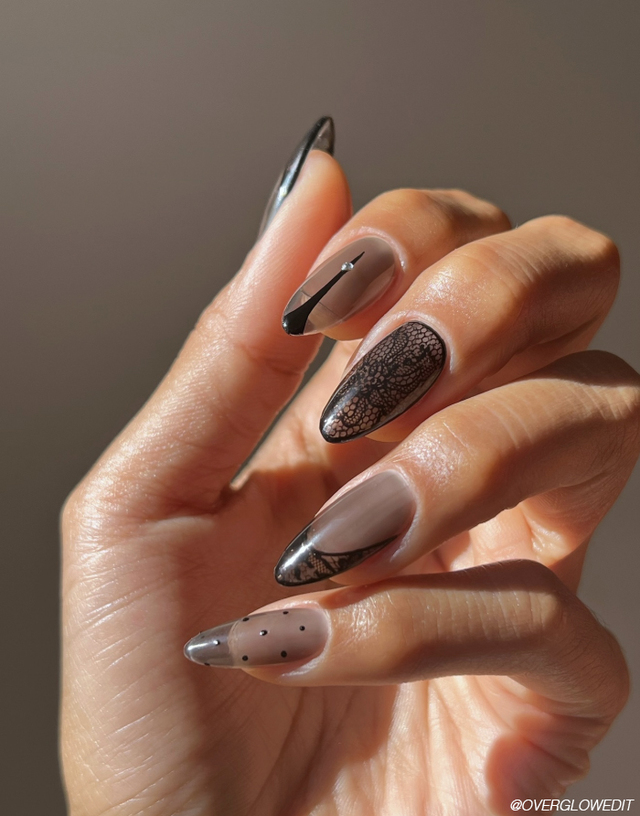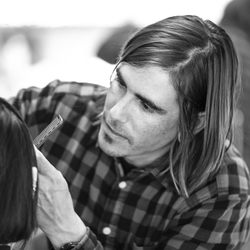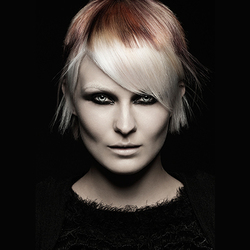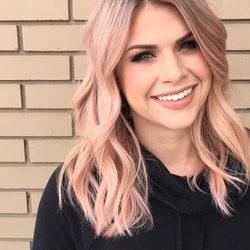If you’ve ever stood in the skincare aisle squinting at a scrub in one hand and an acid toner in the other, wondering which one your face will actually thank you for, you’re not alone. Exfoliation is one of those skincare steps that sounds simple (just get rid of the dead stuff, right?) but quickly turns into a full-blown Google rabbit hole.
Let’s break it down in plain terms: chemical vs. physical exfoliation. What’s the difference, and which one should you be using?
First, What Even Is Exfoliation?
Exfoliation is the process of removing dead skin cells from the surface of your skin. Your skin naturally sheds these cells over time, but sometimes it needs a little help, especially if you’re dealing with dullness, clogged pores, uneven texture, or just want your products to fully sink in and penetrate the skin.
There are two main ways to exfoliate: chemical and physical. Both have their benefits. Both have their risks. Let’s get into it.
Physical Exfoliation: The Scrub You Already Know
What it is:
Physical exfoliation are abrasives that manually buff away dead skin. This includes scrubs packed with gritty ingredients and specialized beauty tools, like exfoliating brushes or gloves.
Pros:
- Immediate results: You can literally feel the smoothness right after.
- Easy to use: No complicated ingredient lists or wait times.
- Instant gratification: There’s something so satisfying about the feeling of a good scrub.
Cons:
- Risk of overdoing it: Too much scrubbing = irritated, angry skin.
- Not for sensitive types: If your skin’s easily inflamed, this might not be for you.
- Harsh particles can cause microtears: That “deep clean” feeling? Sometimes it’s just your skin barrier crying.
Best for:
- Oily or combination skin that isn’t super reactive.
- Quick surface smoothness (e.g., before makeup).
- Body exfoliation—physical exfoliants can be great for rough elbows, knees, or keratosis pilaris (those tiny bumps on arms).
TULA Skin Care So Polished Exfoliating Sugar Scrub
Chemical Exfoliation: The Glow-Giver
What it is:
Chemical exfoliants use—you guessed it—chemicals to dissolve the bonds holding dead skin cells together. That sounds intense, but it can actually be gentler than physical scrubbing when done right.
The main players:
- AHAs (Alpha Hydroxy Acids) – e.g., glycolic acid, lactic acid. Water-soluble, great for surface exfoliation. Ideal for dry or aging skin.
- BHAs (Beta Hydroxy Acids) – e.g., salicylic acid. Oil-soluble, great for getting into pores. A favorite for acne-prone or oily skin.
- PHAs (Polyhydroxy Acids) – gentler, larger molecules. Good for sensitive skin or beginners.
Pros:
- No scrubbing required: Just swipe or pat on and let the acids do the work.
- Can treat deeper issues: Like acne, discoloration, or fine lines.
- More even exfoliation: Especially over time.
Cons:
- Can cause irritation if overused: Especially with higher concentrations.
- Sun sensitivity: Especially with AHAs. SPF is a must.
- Takes time to see full effects: The glow is real, but it’s more of a slow burn.
Best for:
- Acne-prone, oily, or congested skin (hello, BHAs).
- Dull, uneven, or textured skin (thank you, AHAs).
- People who want long-term results with less physical abrasion.
Paula's Choice SKIN PERFECTING 2% BHA Liquid Salicylic Acid Exfoliant
So Which One Should You Use?
It depends on your skin type, your goals, and how much effort you’re willing to put in. Here’s a cheat sheet:
| Skin Type/Concern | Best Option |
| Sensitive skin | Gentle chemical (PHA or lactic acid) |
| Acne-prone or oily | BHA (like salicylic acid) |
| Dry or textured skin | AHA (like glycolic acid) |
| Dull, uneven tone | AHA or combo products |
| Just want a quick, smoothing treatment | Physical scrub |
Bonus: Some products combine both for a one-two punch of exfoliating power. Just tread lightly.
A Few Final Tips (So You Don’t Accidentally Ruin Your Skin Barrier):
- Start slow: 1–2 times a week, then build up if your skin tolerates it.
- Avoid mixing too many actives: Especially things like retinol, vitamin C, and exfoliants—not all ingredients play nice together.
- Moisturize after: Always. Your fresh baby skin will need hydration and protection.
- SPF is non-negotiable: Especially if you’re using chemical exfoliants. Your skin will be more sun-sensitive, and no one wants to trade dullness for sun damage.
TLDR:
Physical exfoliation gives you that instant polish. Chemical exfoliation gives you the long-game glow. Neither is better across the board; it’s just about what your skin needs, how it reacts, and what kind of routine you’ll actually stick to.
Some of the products featured here may contain affiliate links, meaning we may earn a small commission at no extra cost to you. All recommendations are based on personal use, stylist feedback, or product performance.
